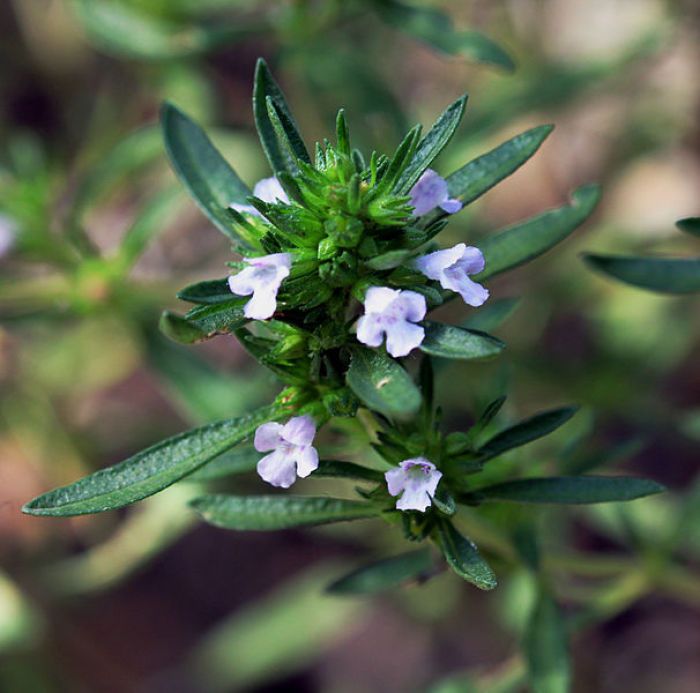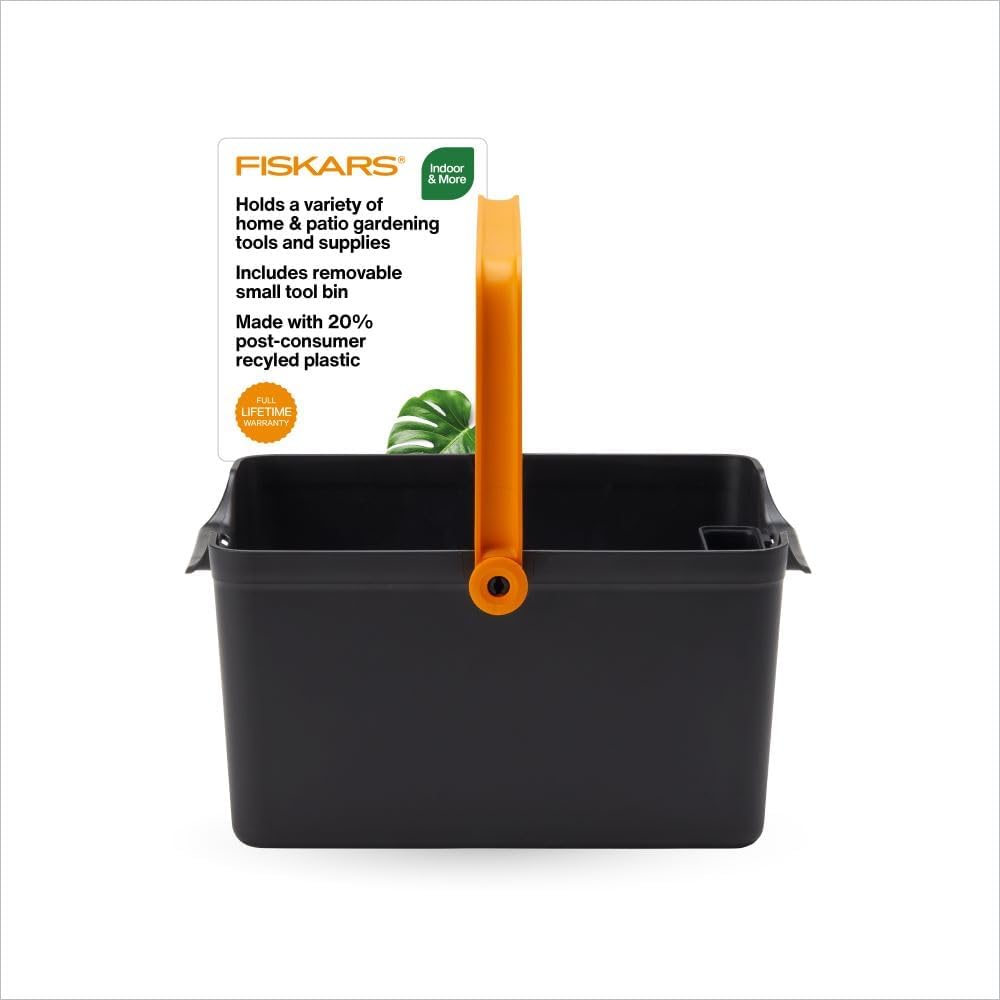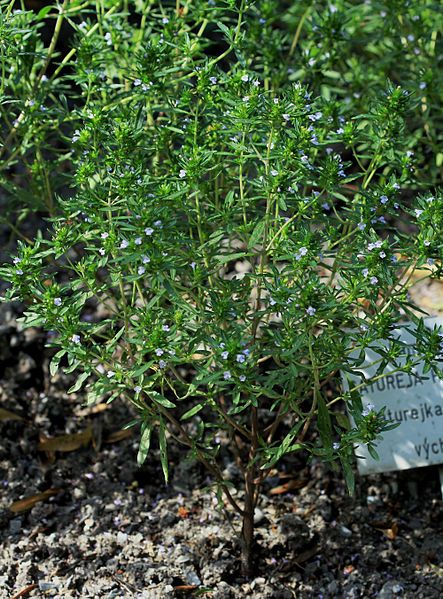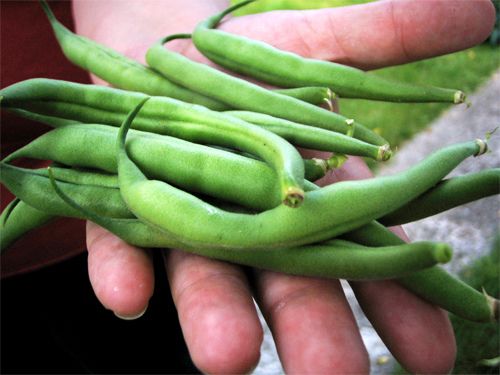
If you aren’t already growing it, make room for summer savory (Satureja hortensis) in your kitchen garden — it’s earned it. This easy-to-grow, annual herb is aromatic, attracts pollinators, and is an essential for cooks. One of the oldest known culinary herbs, summer savory has always been wildly popular with the Greeks and Romans. It was (and is) used as a sauce seasoning that was poured over poultry, fish, and meat as well as used as an “antiseptic” for the entire digestive tract.
Summer savory’s delicate, piney-pepper flavor is likened to thyme in culinary dishes. Its sweet-spicy flavor adds just the right touch to eggs, fish, green beans, poultry, and meats. Finely chop and sprinkle it over soups and broths or infuse it to create savory vinegar and savory oil.
Today’s gardeners have begun to take another look at old-fashioned summer savory for its pollinator-attracting qualities in the vegetable garden. Blossoms of dainty blue, pink, lavender, or white flowers are born in the late spring through the summer. The tiny, tubular blooms attract bees and other beneficial insects to the garden, so it’s not only a delicious seasoning, but also useful as a companion plant in flower or vegetable gardens. Like many herbs, summer savory makes itself at home at home in any container or window box.
Summer Savory’s Profile
- Botanical Name: Satureja hortensis
- Origination: Southeastern Europe
- Family: Lamiaceae
- Zones: All zones
- Habit: Annual (it readily re-seeds)
- Height: 1 1/2 feet
- Spread: 3 feet
- Blooming Time: Blooms in the spring to summer
- Planting Specifics: Full sun with well-draining soil. Summer savory likes regular water.
- Propagation: Seeds can be sown in spring, and soft-stem cuttings can be taken in the summer to propagate Summer savory.
Planting and Growing Summer Savory
Summer savory prefers to be planted in organically rich soil that’s slightly alkaline. A side-dressing of compost or worm castings offers a nutritional boost. Because it’s bushy and low-growing, this makes for an excellent edging plant for a kitchen garden, herb bed, or vegetable garden.
If more than one savory is planted as seedlings, they should be spaced about 9″ apart. Summer savory seeds can be directly planted into their permanent garden bed in the late spring. Often gardeners prefer to direct seed them as it resents having its roots disturbed. Once the seedlings grow to 1″ – 2″ tall, they can be thinned with small scissors to about 6″-9″ apart. The leaves are primarily harvested when flower buds begin to form.
Soft-stemmed cuttings can be taken in the summer to pass on to other gardeners. Rooted cuttings can be planted into containers and then brought indoors for winter cooking. The container should be placed in bright light or a window with a southern exposure.
Green Beans and Summer Savory!
My rule of thumb for herbs in the kitchen is “the simpler, the better” and summer savory is no exception. I like harvesting fresh green beans, snapping the ends off, and then steaming them for a few minutes in a double-broiler. Then I toss them with real butter and summer savory. Sometimes I add a little crumbled bacon. People always love them and ask how I get such great flavor from my green beans. I wish I could tell them that I would need to copy some incredibly secret recipe, but the answer isn’t worth emailing: it’s just fresh beans and summer savory.
Fine Gardening Recommended Products

Ashman Garden Cultivator (1Pack)
Fine Gardening receives a commission for items purchased through links on this site, including Amazon Associates and other affiliate advertising programs.

Ho-Mi Digger - Korean Triangle Blade
Fine Gardening receives a commission for items purchased through links on this site, including Amazon Associates and other affiliate advertising programs.

Fiskars Garden Tool Caddy with Removable Small Tool Storage for Indoor and Outdoor Gardening Use, Made with Recycled Plastic
Fine Gardening receives a commission for items purchased through links on this site, including Amazon Associates and other affiliate advertising programs.





















Comments
Log in or create an account to post a comment.
Sign up Log in